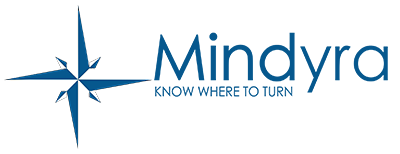Sometimes individuals with hoarding disorder also excessively acquire items that are not needed or for which there is no available space. The person may purchase the items (for example from stores or yard sales) or excessively acquire free items (for example, items that have been discarded).
People with hoarding disorder may hoard one type of item (for example, collectible figurines), several types of items, or a wide range of items (including garbage or other items that most people would consider worthless). Some individuals hoard animals with the goal of “saving” or caring for stray or impounded animals. Hoarding behaviors become a clinical problem when they cause distress or when they impair the person’s life (for example, by preventing the individual from inviting others to visit, or by causing health and safety problems).
People with hoarding disorder can have varying levels of insight about their symptoms. Some individuals with good insight recognize that their behaviors are problematic. However, other individuals believe that their difficulty discarding and clutter are not problematic at all. These individuals may be less likely to pursue or respond to treatment.








